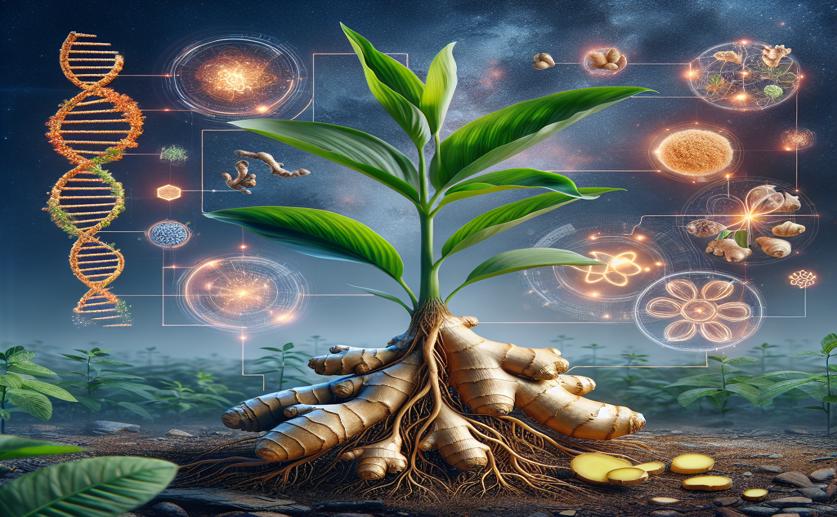
Unlocking Ginger's Genetic Secrets and Health-Boosting Compound Origins
Greg Howard
25th January, 2024

Image Source: Natural Science News, 2024
References
Main Study
1) A genome assembly of ginger (Zingiber officinale Roscoe) provides insights into genome evolution and 6-gingerol biosynthesis.
Published 22nd January, 2024
https://doi.org/10.1111/tpj.16625



 24th January, 2024 | Phil Stevens
24th January, 2024 | Phil Stevens